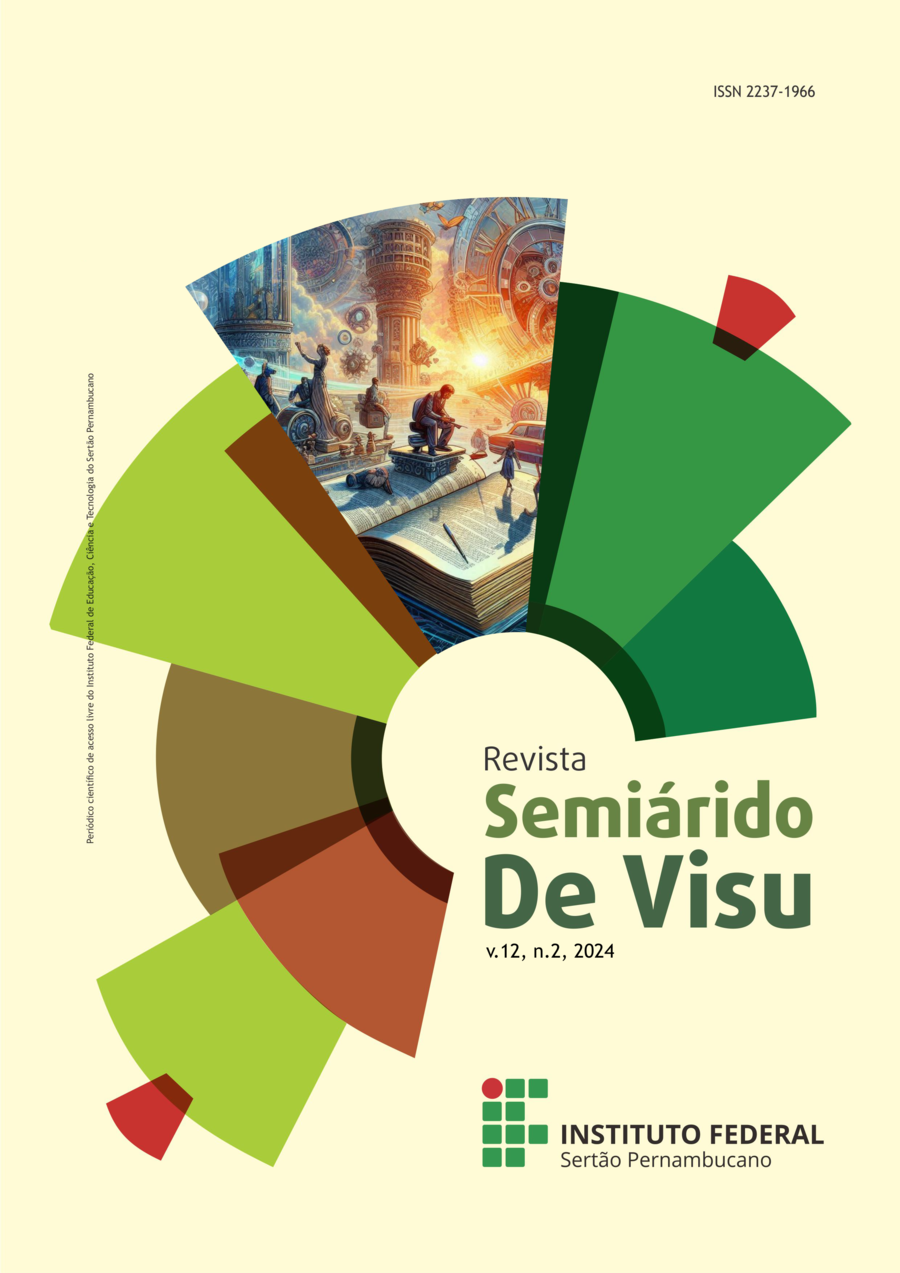Consumo hídrico e exigência térmica do meloeiro cultivado na região semiárida do Nordeste brasileiro
Visualizações: 316DOI:
https://doi.org/10.31416/rsdv.v12i2.1067Keywords:
Evapotranspiração da cultura, coeficiente de cultura, graus-diaAbstract
The Brazilian semi-arid region is characterized by high temperatures and low annual rainfall, being dependent on irrigated agriculture. Aiming to adopt the efficient use of water in melon irrigation, the present study aimed to determine the water consumption of the melon tree and its thermal needs. The research was conducted in the experimental field of DTCS/UNEB, Juazeiro/BA. The cultivar studied was SF 10/00. Crop evapotranspiration (ETc) was obtained from daily readings on constant water table evapotranspirometers and reference evapotranspiration (ETo) was obtained using the Penman-Monteith method. The crop coefficient was determined by the equation Kc = ETc/ETo. The number of degree days was determined based on the difference between the average air temperature and the lower base temperature (12 ºC). The water consumption of the melon tree varied from 1.2 mm day-1 (vegetative phase) to 8.3 mm day-1 (reproductive phase). Kc values ranged from 0.43 (vegetative phase) to 1.69 (reproductive phase). The thermal requirement for the crop cycle totaled 1003.4 degree days. Determining the melon tree's water consumption, taking into account local meteorological conditions, contributes to the development of water management practices that are ecologically sustainable, economically viable and adapted to climate change.
Downloads
Published
How to Cite
Issue
Section
License
Copyright (c) 2024 Revista Semiárido De Visu

This work is licensed under a Creative Commons Attribution 4.0 International License.















